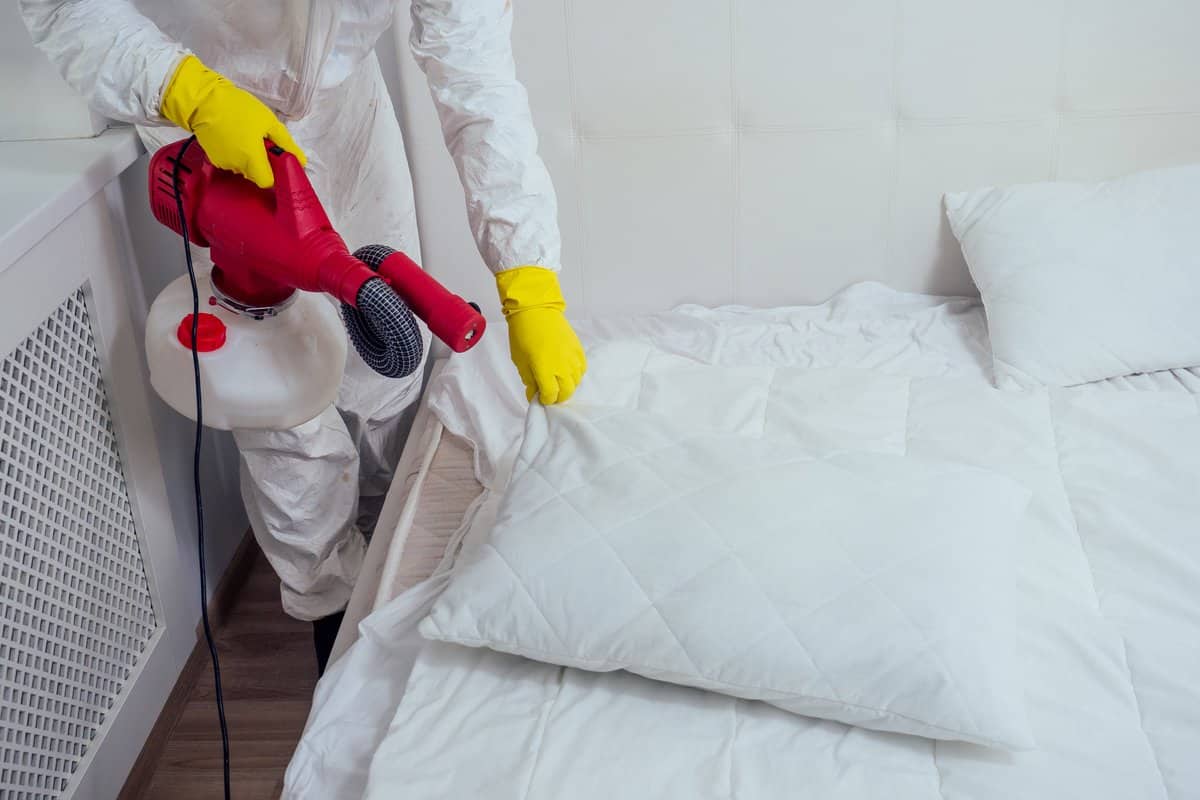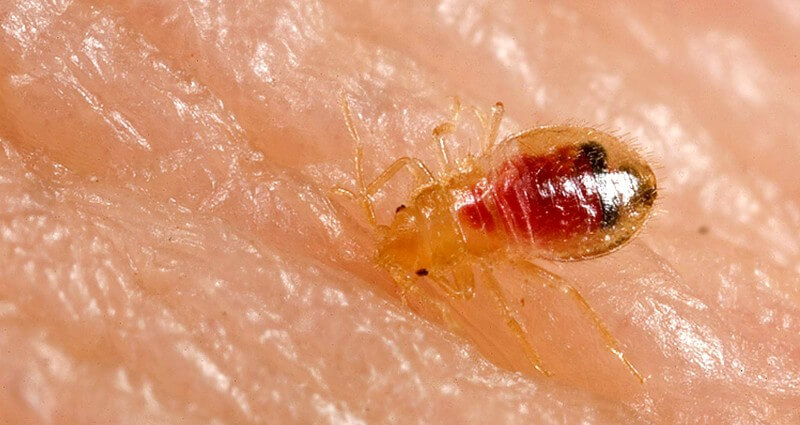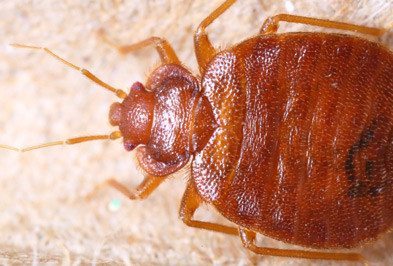Types of Parasite Control: Which Method Is Right for Your Invasion?
When encountered with a pest infestation, the choice of a suitable approach for pest control is important in properly taking care of the situation. From chemical therapies to organic solutions, there exists a series of methods that can be used to resolve various types of pests. Each method includes its own set of benefits and considerations, making the decision-making process a nuanced one. Comprehending the subtleties of each method and examining their compatibility with the details parasite problem handy is crucial for achieving long-lasting success in parasite administration. By exploring the numerous kinds of insect control methods offered, people can make enlightened choices customized to their special circumstances, guaranteeing a much more reliable and lasting result in pest eradication.
Chemical Insect Control
Chemical parasite control includes the usage of synthetic or naturally obtained chemicals to manage and remove pest populations successfully. This technique is frequently utilized in agriculture, forestry, and household settings to battle a variety of bugs, consisting of weeds, rodents, and bugs. The usage of chemical pesticides can supply fast and targeted services to pest problems, making it a prominent selection for numerous people and businesses.
One of the crucial benefits of chemical insect control is its capability to promptly eliminate insects, lowering the risk of damages to plants, residential property, and human health. By utilizing certain chemicals that target particular insects, this approach can effectively control invasions while lessening injury to advantageous microorganisms and the setting when used correctly.
However, the use of chemical insect control additionally elevates concerns about potential unfavorable impacts on non-target types, water resources, and human wellness. It is crucial to follow safety guidelines, apply chemicals properly, and think about alternate insect control techniques to reduce these dangers and make certain lasting parasite monitoring techniques.
Biological Insect Control
Biological bug control, also called biocontrol, utilizes living microorganisms to lower and take care of bug populaces naturally. This approach harnesses the power of nature to control insects without the need for synthetic chemicals. Biocontrol can entail the introduction of natural enemies of the parasite varieties, such as pathogens, killers, or parasites, to suppress parasite populations. By using the parasite's natural predators or pathogens, organic insect control supplies a eco-friendly and lasting option to pest management.

Mechanical Parasite Control
Making use of physical and manual approaches to handle bug populaces, mechanical insect control uses an alternate technique that does not depend on the use of living organisms or synthetic chemicals. This method involves using obstacles, traps, or other tools to literally prevent or remove bugs. By blocking pest access factors or setting up catches to capture them, mechanical insect control can efficiently reduce problems without presenting chemicals into the setting.
One usual example of mechanical pest control is the usage of mesh displays on doors and windows to avoid bugs from entering structures. This easy yet reliable technique serves as a physical obstacle, keeping pests out while enabling appropriate air flow. Furthermore, devices like mousetraps, fly swatters, and ultrasonic repellents drop under the mechanical pest control group.
While mechanical bug control methods can be labor-intensive and call for regular surveillance and maintenance, they use a ecologically pleasant and sustainable option for managing insect infestations. By incorporating various mechanical techniques, residential property proprietors can develop an extensive pest control approach that reduces dependence on chemical pesticides.
Physical Pest Control

Some usual physical bug control techniques include using barriers such as screens or nets to avoid insect entry, catches to record and get rid of bugs, and hand-picking to physically remove parasites from plants or frameworks. Furthermore, strategies like heat therapies can be made use of to manage pests like bed pests by increasing the temperature to levels that are lethal to the pests.
Physical insect control is particularly valuable in incorporated insect management (IPM) strategies, where numerous insect control methods are incorporated for effective parasite administration while reducing the use of chemicals. By using physical pest control strategies, individuals can properly attend to pest problems with very little ecological impact.
Integrated Parasite Administration
When applying physical insect control approaches as component of pest administration strategies, navigate here Integrated Bug Management (IPM) becomes a comprehensive technique that leverages various methods to effectively manage pest populaces. IPM focuses on long-lasting avoidance of pests with a mix of biological, cultural, physical, and chemical tools tailored to certain parasite problems. By integrating numerous control techniques, IPM aims to reduce the risks related to pests while likewise lowering dependence on chemical services.
One secret facet of IPM is the emphasis on tracking and examining pest populaces to determine the most suitable control techniques. This aggressive strategy enables early intervention and targeted methods, bring about extra efficient pest administration. Furthermore, IPM advertises eco-friendly techniques by focusing ant control on non-chemical control approaches and just making use of chemicals as a last option.
Final Thought

By using the insect's natural killers or virus, biological parasite control offers a ecologically pleasant and lasting service to pest monitoring. - Kings cincinnati pest control
Utilizing hands-on and physical techniques to take care of parasite populaces, mechanical parasite control supplies an alternative method that does not rely on the use of living organisms or synthetic chemicals.An effective approach to managing bug populaces without relying on chemical or organic approaches includes the usage of physical bug Discover More control methods.When implementing physical insect control methods as part of pest management strategies, Integrated Insect Administration (IPM) arises as an extensive method that leverages various techniques to properly regulate pest populations. Chemical insect control involves the usage of chemicals, biological pest control utilizes all-natural predators, mechanical parasite control involves physical barriers, physical parasite control includes trapping or getting rid of bugs, and integrated pest monitoring integrates several methods for a holistic technique to pest control.